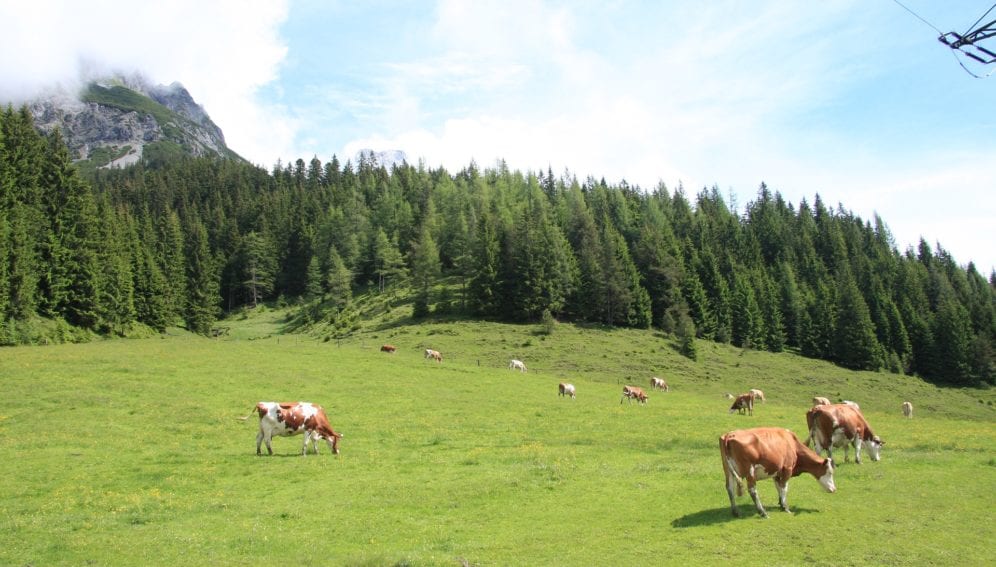By: Stephanie Achieng’
Key Points
- Researchers analysed methane emissions in Sub-Saharan Africa from 2010 to 2016.
- They found that tropical Africa had a third of the global methane emissions during the period.
- Findings call for interventions to reduce methane emissions and global warning.
Experts say that methane, a heat-trapping gas about 28 times more potent than carbon dioxide, when emitted into the atmosphere today will last for about ten to 12 years.
The study found that tropical Africa produced one-third of recent global methane increase, with researchers adding that more methane could lead to increased climate change.
Global estimates of the recent methane increase in the scientific literature vary between 4-6 million tonnes of increase every year, says Mark F. Lunt, lead author of the study and a postdoctoral research associate at the UK’s University of Edinburgh.
“Once we fully understand the ongoing rise in atmospheric methane, then perhaps we will have a chance of doing something about stopping it”
Mark F. Lunt, University of Edinburgh
“We found the increase from Africa to be around 1.5-2 million tonnes each year between 2010-2016, representing around a third of the total [global] increase,” he tells SciDev.Net.
“This [study] is significant because it adds evidence that helps us to answer the question of where the ongoing rise in methane emissions is coming from,” according to Lunt. “Once we fully understand the ongoing rise in atmospheric methane, then perhaps we will have a chance of doing something about stopping it.”
Lunt adds that reducing methane emissions is important if strides are to be made to achieve commitments declared in the Paris Agreement to fight climate change. The agreement calls for, among others, limiting the global average temperature rise this century to well below two degrees Celsius, while pursuing efforts to limit the temperature rise to 1.5 degrees.
The study published in the journal Atmospheric Chemistry and Physics this month (11 December) involved the use of data from the from Greenhouse Gases Observing Satellite to assess annual seasonal trends in methane release in tropical Africa.
Researchers also used rigorous statistical techniques to estimate methane emissions based on the satellite data.
“A large increase of around three million tonnes of methane per year was from South Sudan,” Lunt says.
Ethiopia and Nigeria have large methane emissions probably because of human-related activities such as agriculture and the fossil-fuel industry, explains Lunt, adding that Africa has large sources of methane including livestock, waste management and fossil fuel-related activities. The continent is also home to vast wetland areas which represent a large natural source of methane, he says.
“One of the important questions when it comes to methane is how methane sources might change in a changing climate,” Lunt tells SciDev.Net. “We still need to try to understand this broader increase more fully. There is a need for more methane data being collected on the ground across the African continent.”
Polly Ericksen, a principal scientist and leader of the Research Programme on Sustainable Livestock Systems at the International Livestock Research Institute, praises the study for generating evidence from the African continent on methane emissions.
“If the increases are due to land use change and agriculture, then nature- based solutions including forest management, land-based solutions that increase carbon sequestration and low emissions livestock development interventions that will increase livestock productivity and reduce emissions intensities are critical,” she explains. “These solutions are feasible if we can create the financial and institutional incentives needed.”
Christopher Oludhe, a climate change expert and a senior lecturer at Kenya’s University of Nairobi, says: “This [study] will enhance the understanding of tropical methane emissions hence undertake better modelling capabilities for future changes in climate.”
“Methane absorbs much more energy compared to carbon dioxide over the same period. This is therefore of real global, regional and national concern,” he adds.
Oludhe tells SciDev.Net that knowing the primary sources of methane, can enable countries to target those sources for emission reduction with interventions such as appropriate technologies.
This piece was produced by SciDev.Net’s Sub-Saharan Africa English desk.


